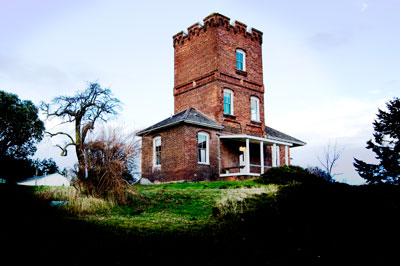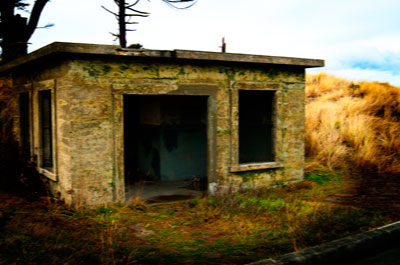Hipstamatic = iLomos
I have a confession to make — I like blurry photos. I’m not talking about poorly focused images but the kinds of images that take on a dreamlike quality because of motion, lens flare or a variety of other factors. I think that’s one of the reasons I like Lomography so much. Lomography, if you’re unfamiliar with it, began with the 35mm Lomo LC-A camera which was manufactured in St. Petersburg, Russia during the Soviet era. Because of shortcomings in the manufacturing process, each Lomo camera that was produced had slight defects in the lens resulting in blurry, sometimes dreamlike images. Today, Lomography generally refers to photographs taken not only with the Lomo LC-A, but other “toy” cameras like the Diana and Holga.
I went digital several years ago and while I still shoot film occasionally, I don’t own any of the cameras that fall under the Lomo umbrella. I’ve written before about creating Lomo like images digitally but those experiments have been post production, in other words I manipulate the photograph in Photoshop after I’ve taken it. Recently though, I’ve been experimenting with another more intuitive method for creating digital Lomos using my iPhone and an app called Hipstamatic. Available on Apple’s App Store, Hipstamatic essential gives your iPhone the ability to mimic several of the toy cameras used for Lomography.
Hipstamatic lets you switch between several types of film, lenses and flashes. While the app is ready to use immediately after download, you can add to your fun by purchasing additional “Hipstapacks” which add additional lenses, films and flashes to your camera. The app itself was $1.99 and each Hipstapack is .99 cents, a bargain if you want to experiment with Lomo style photography without sinking money in to cameras and film processing. Once you’ve taken photos with the Hipstamatic app, you can upload them to Facebook, Flickr or email them. You can also order prints from the Hipstamart Print Lab which will ship them to your door.
Here are a couple of examples of what the app can do, these were both taken in very low light. The first shot was taken with a simulated infra-red film while the second shot of a couple of computer monitors was taken with the Bettie lens, Pistil film and the Berrypop flash. No flas is actually involved, the app adds the effects digitally after you snap the shot. I’m going to be shooting some more with this app over the weekend so I can do a better assessment of how it will fit into my toolbox. If you’re interested, you can check out my Digital Lomography Photostream on Flickr.




